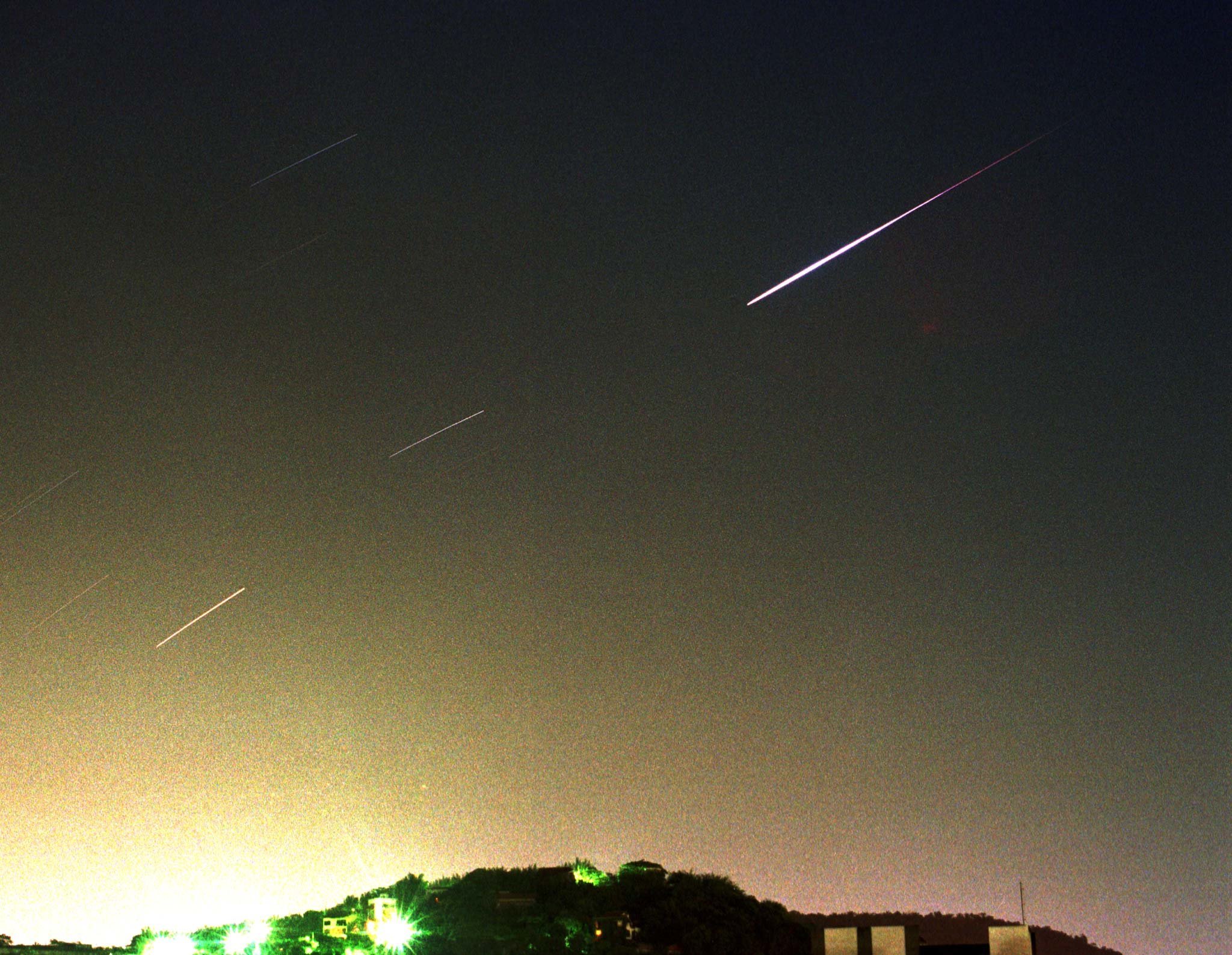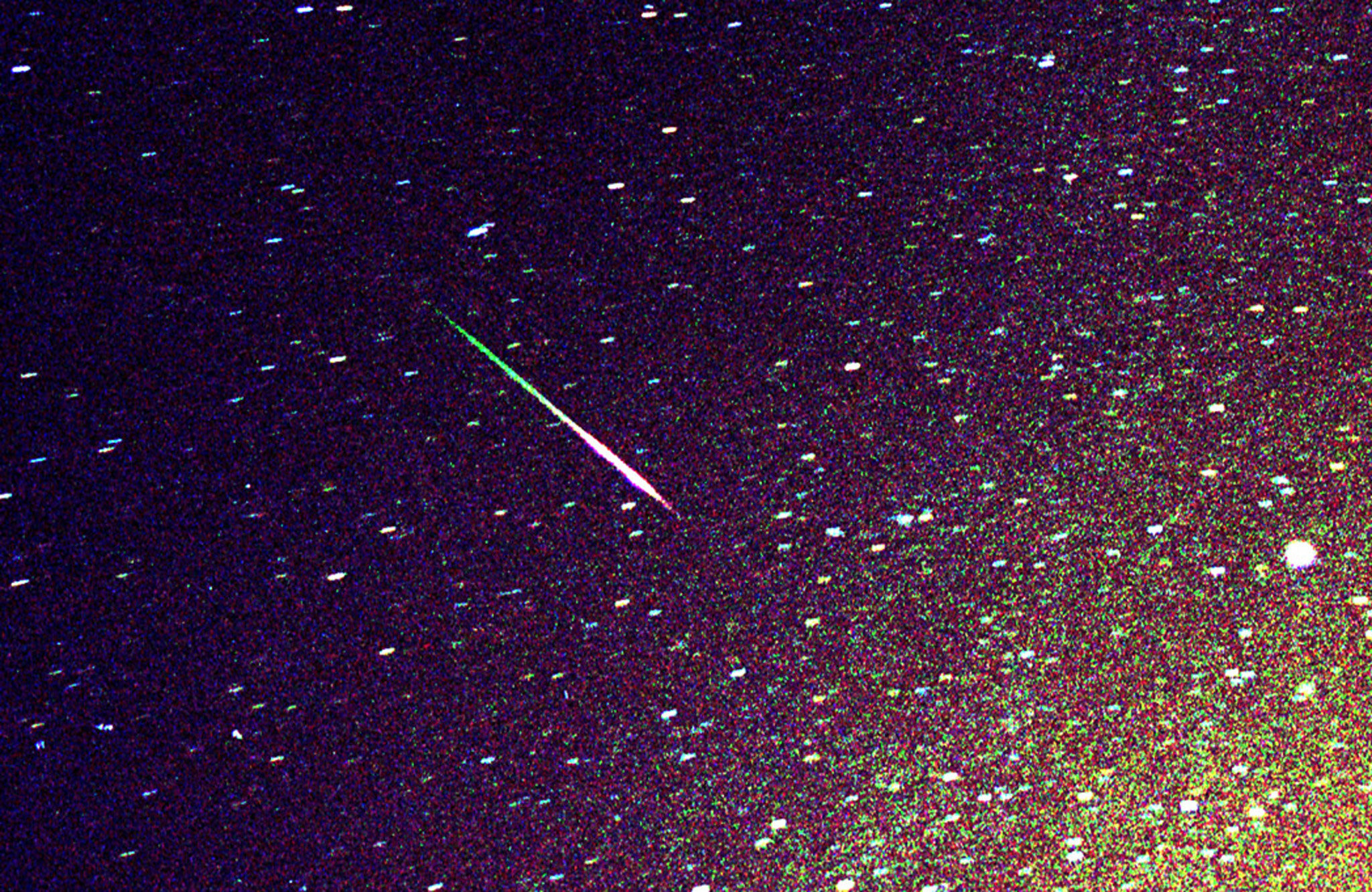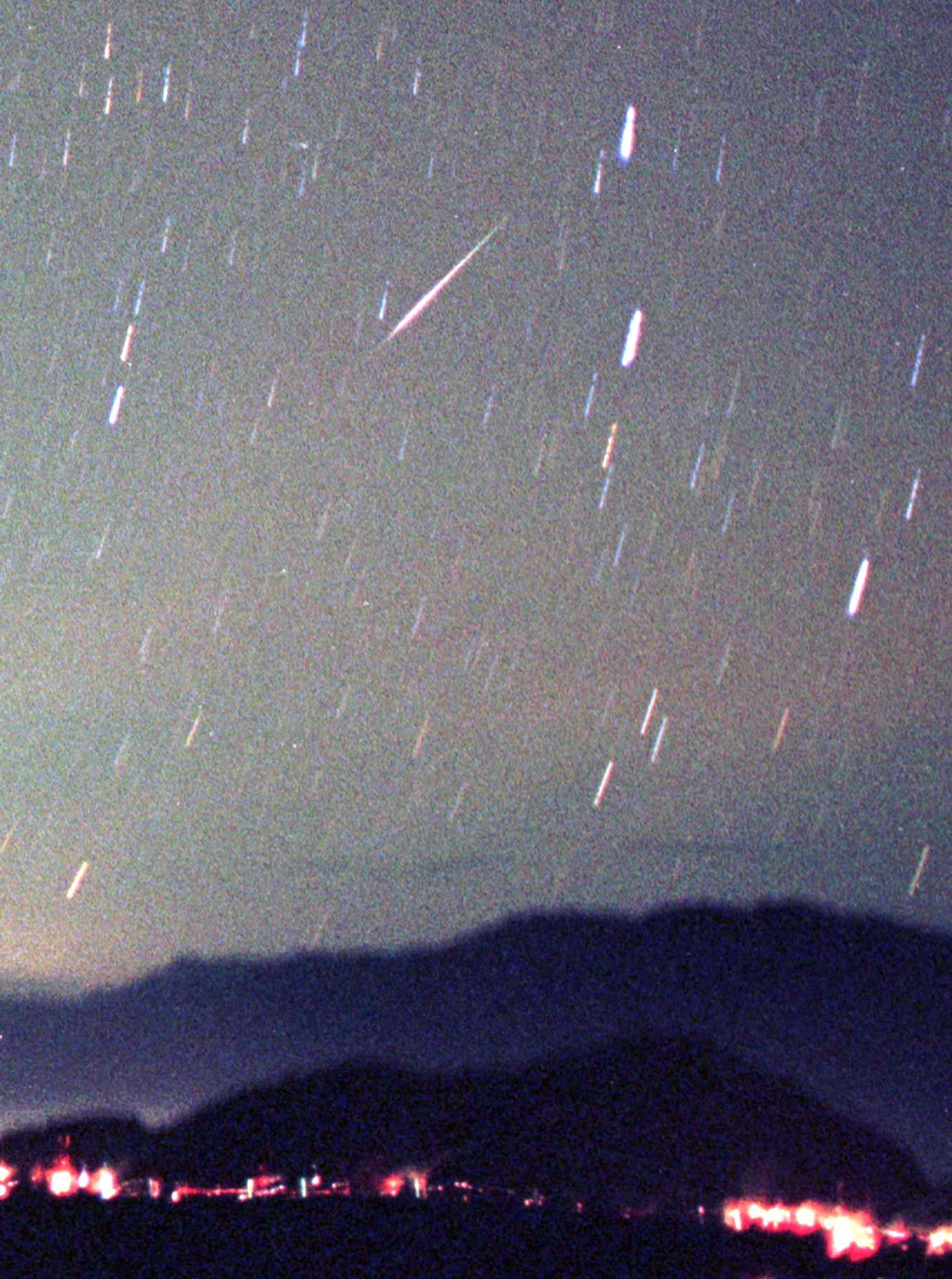As the winter months properly set in there is one glimmer of light amongst all the darkness which is that it is now well and truly the stargazing season.
This weekend will give us a particularly impressive show in the form of the annual Leonid meteor shower.
Occurring every year for around 10-15 hours this meteor shower can produce up to 20 shooting stars every hour.

What is the Leonid meteor shower?
The Leonid meteor shower is created when the Earth passes through the debris field left by the Tempel–Tuttle comet.
The particles then burn up in our atmosphere causing the impressive light show that we can see in the sky.
Leonid particles are particularly impressive to watch thanks to the speed at which they collide with the planet. Travelling at some 70km/s the tiny particles (some just half a gram in size) can still produce a big enough steak to be clearly seen even in built-up areas.
In case you’re wondering why it’s called the Leonid shower, the name simply comes from the region in the sky they appear. In this case around the constellation Leo.

What will I be able to see of the Leonid meteor shower?
Thanks to the speed at which these meteorites will collide with Earth the view will be pretty impressive.
While not as ‘busy’ as something like the Orionid meteor shower you can still expect to see anywhere between 15-20 shooting stars every hour over a period of around 15 hours.
Again, the speed and ferocity means that you should be able to see some of them even in built-up areas however the recommendation is to find somewhere as dark as possible.
You won’t need a telescope or binoculars to watch this event either.
When is the Leonid meteor shower?
The Leonids will peak between the late hours of Friday 17th November and the pre-dawn hours of Saturday 18th November.
It’s only a window of around 10-15 hours but the results should be worth it.
Finally the Leonids do have one last trick up their sleeve which is that every 33 years they produce something called the Leonids Storm.
This spectacular event causes several thousand shooting stars every hour and while we do have a bit of a wait the next one is expected to occur in November 2034.
